Sustainable development goals we support
The United Nations’ 17 Sustainable Development Goals (SDGs) aim to achieve decent lives for all on a healthy planet by 2030. As things stand, most of them are likely to be missed. This is partly because they fail to address human population growth. Positive, empowering population solutions are key to meeting the SDGs. Read on to learn about the links between population and each of the 17 goals.
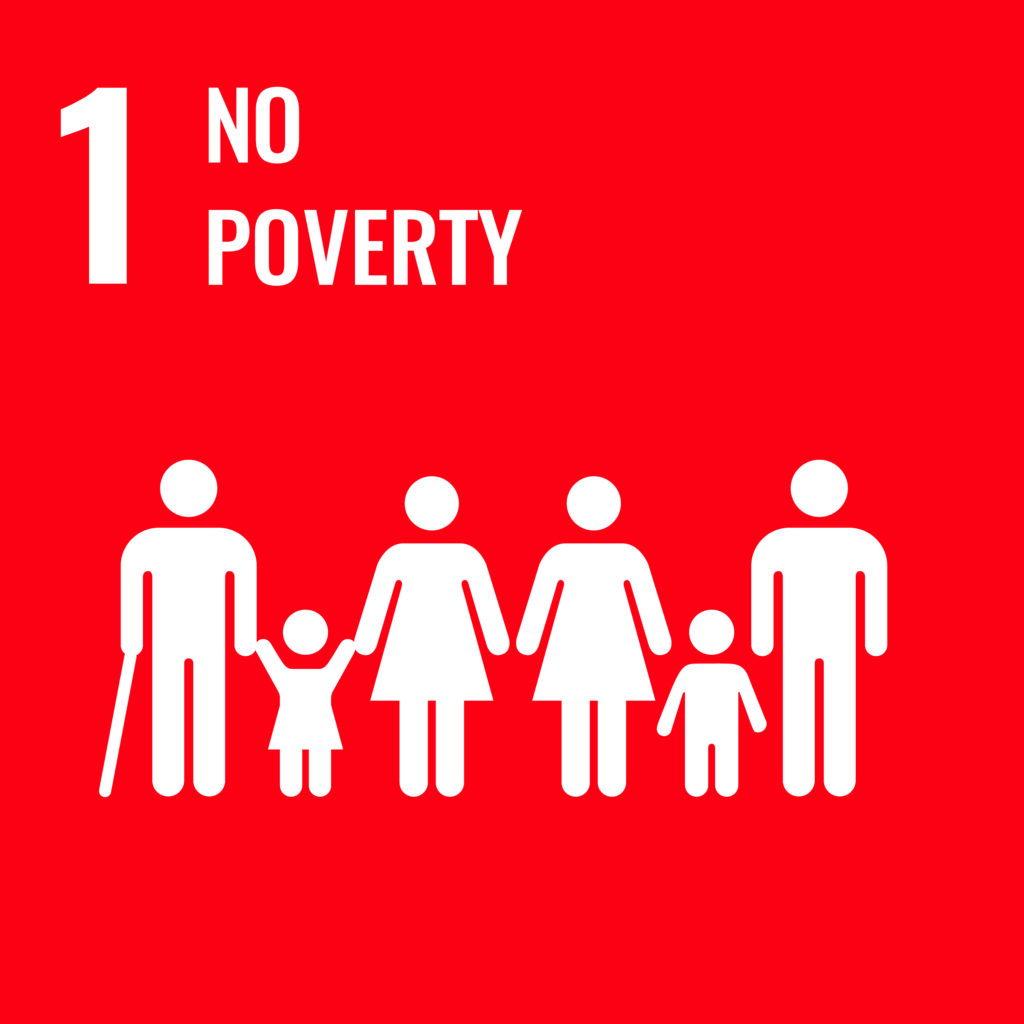
Poverty is the biggest inhibitor to human development, our programming is therefore focused on ensuring that our beneficiaries are sustainably emancipated from poverty.
Feeding the world without destroying more nature will become increasingly difficult and eventually impossible under sustained population growth. Our thrust is to proffer programmes that are safer to both beneficiaries and the environment as we fight hunger amongst persons with albinism, women and young girls in Zimbabwe.
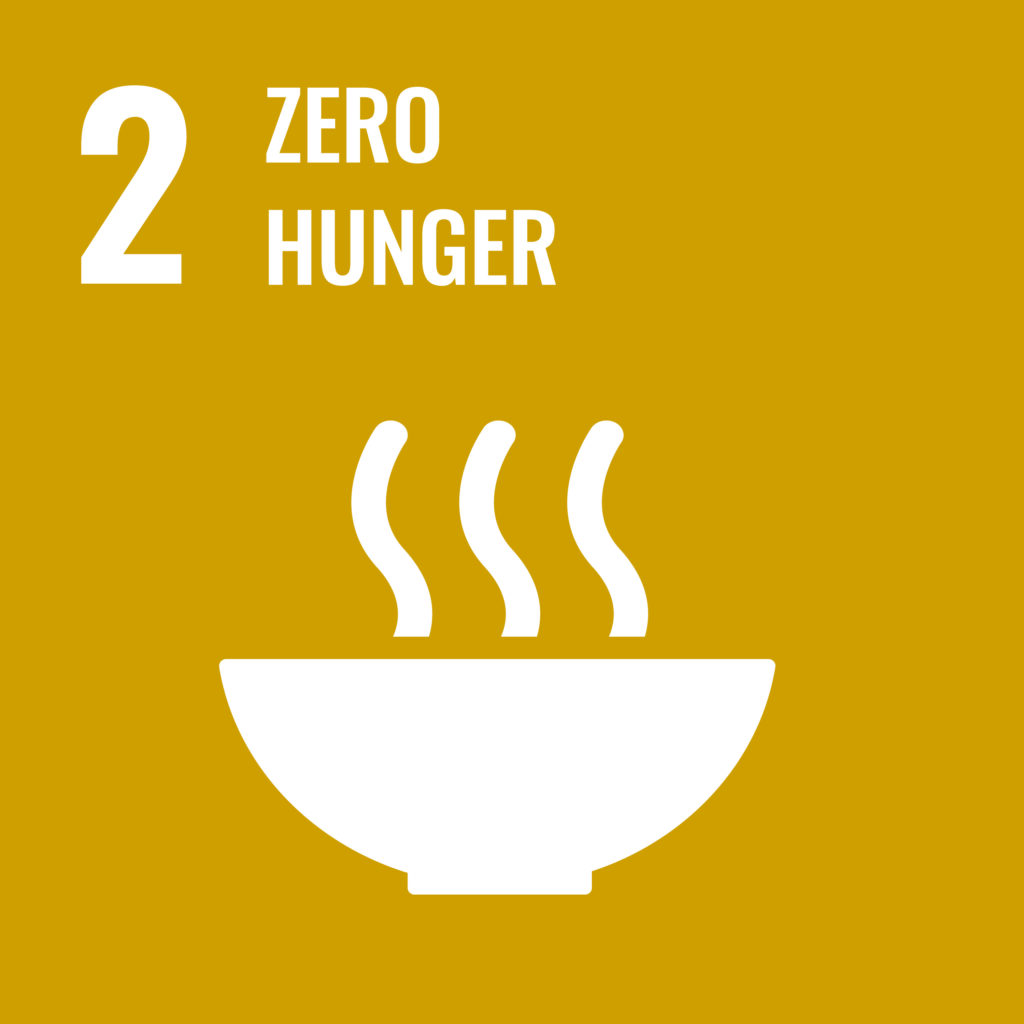
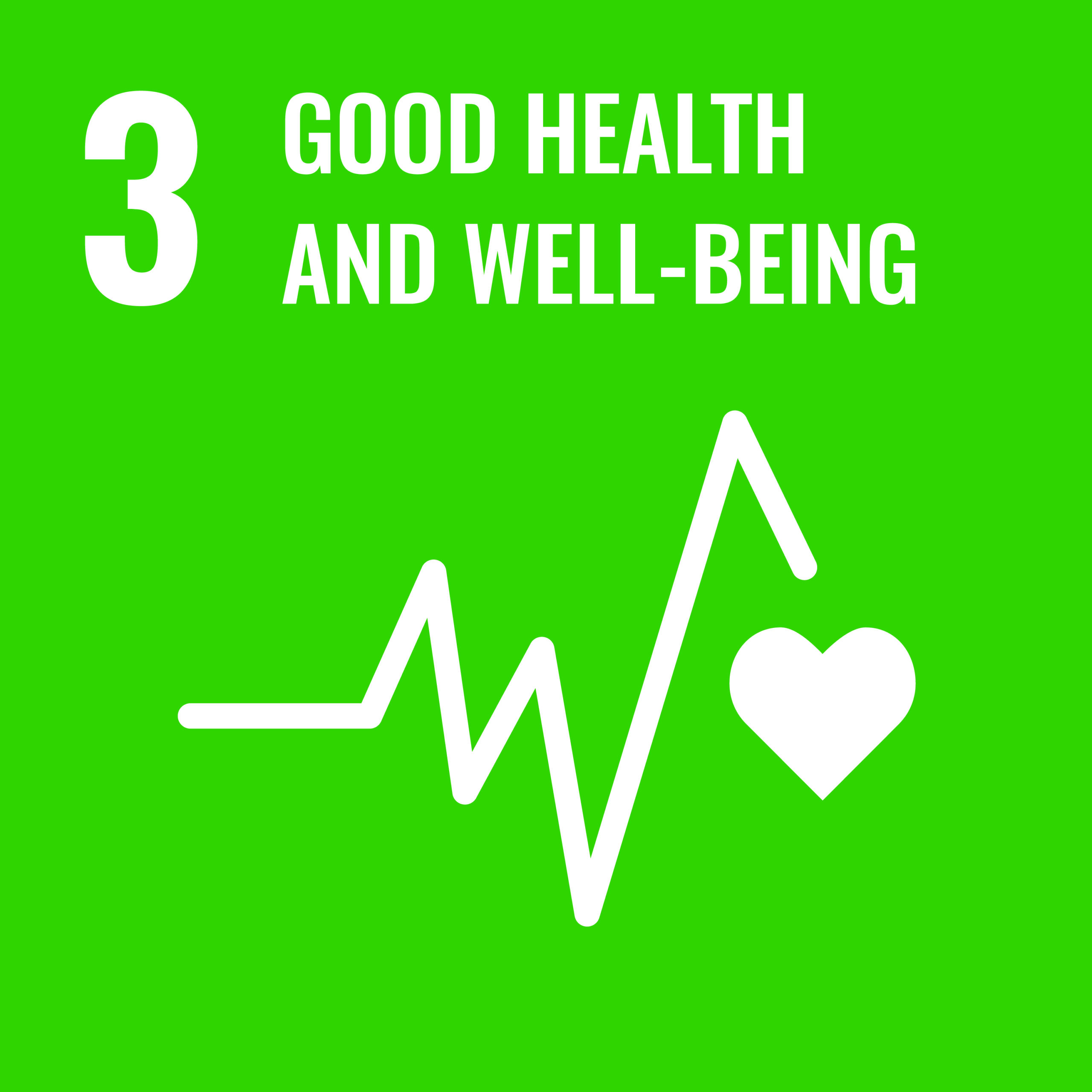
Insufficient funding for healthcare systems can cause them to buckle under the pressure of growing populations. Lack of access to quality reproductive healthcare including modern contraception and medically safe abortion leads to high unwanted pregnancy rates and preventable maternal deaths. Worldwide, still almost half of all pregnancies are unintended and more than 800 women die from pregnancy-related complications every day. Because of population growth, the absolute number of women with an unmet need for contraception is still increasing. Very high population densities facilitate disease transmission and hurt public health, especially in areas where health services are already overburdened. Investing in quality health care for all, including easy access to family planning, helps slow population growth and improves lives.
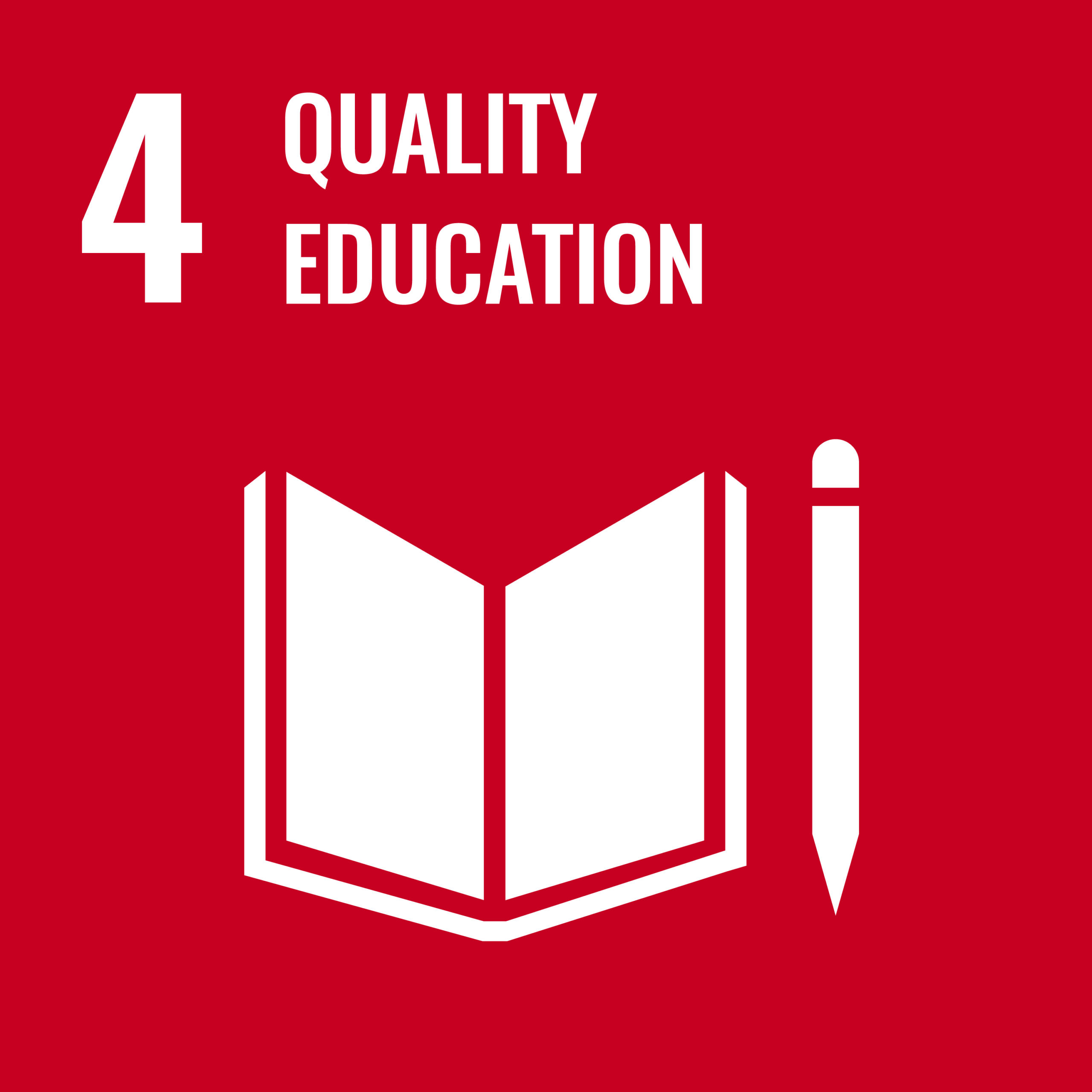
Greater investment in quality education is key to alleviating poverty and ending population growth. Due to gender inequality, girls are disproportionately affected by lack of access to education — still one in four girls does not attend secondary school and in sub-Saharan Africa, the number of girls out of secondary school has increased by 7 million since 2007 due to the region’s population growth. Generally, the more years a woman spends in education, the smaller her family size. When women are able to delay childbirth and have fewer children, this also empowers them to pursue educational opportunities, such as advanced degrees, which would be difficult or impossible with many dependents. In sub-Saharan Africa, the number of girls out of secondary school has increased by 7 million due to the region’s population growth.
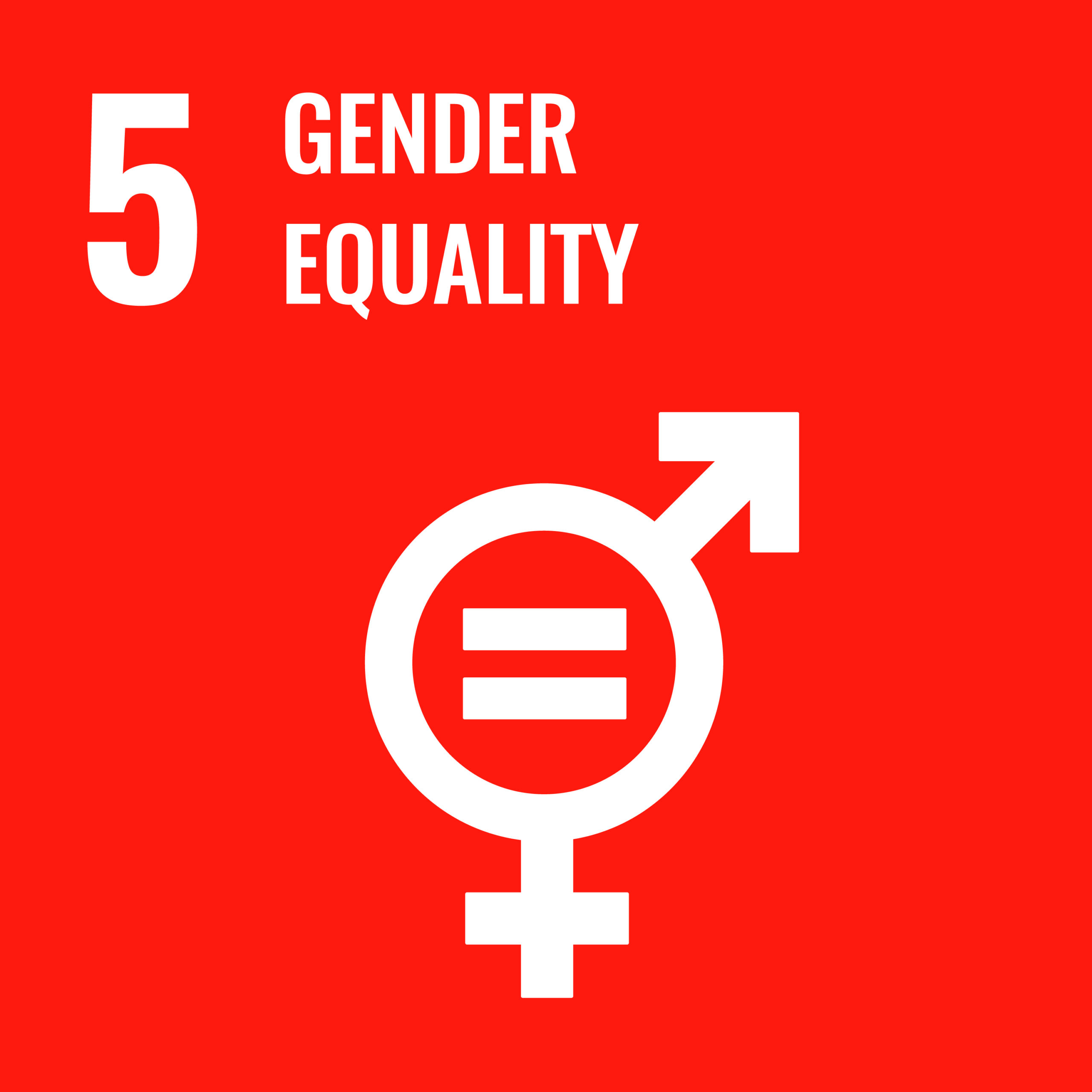
Empowering women and girls to take control of their bodies and lives is crucial for solving our biggest social and environmental crises. Gender inequality is one of the main drivers of high fertility rates. Not a single country has yet achieved full equality, and the worst gender-based injustices and crimes continue to be common and widespread. According to the UN, ending gender-based violence, harmful practices (including child marriage and FGM), preventable maternal deaths, and unmet family planning needs is affordable and within reach, but still suffers from a severe funding shortage. In the meantime, the number of women and girls subjected to harmful practices is increasing due to slow progress and population growth. The proportion of women and girls subjected to FGM is decreasing overall, but the number of women and girls subjected to it is growing because of population growth. That number could grow from 4.1 million in 2020 to 4.6 million a year by 2030, since the cohort of girls in many high-prevalence countries is growing.” UNFPA, 2020.
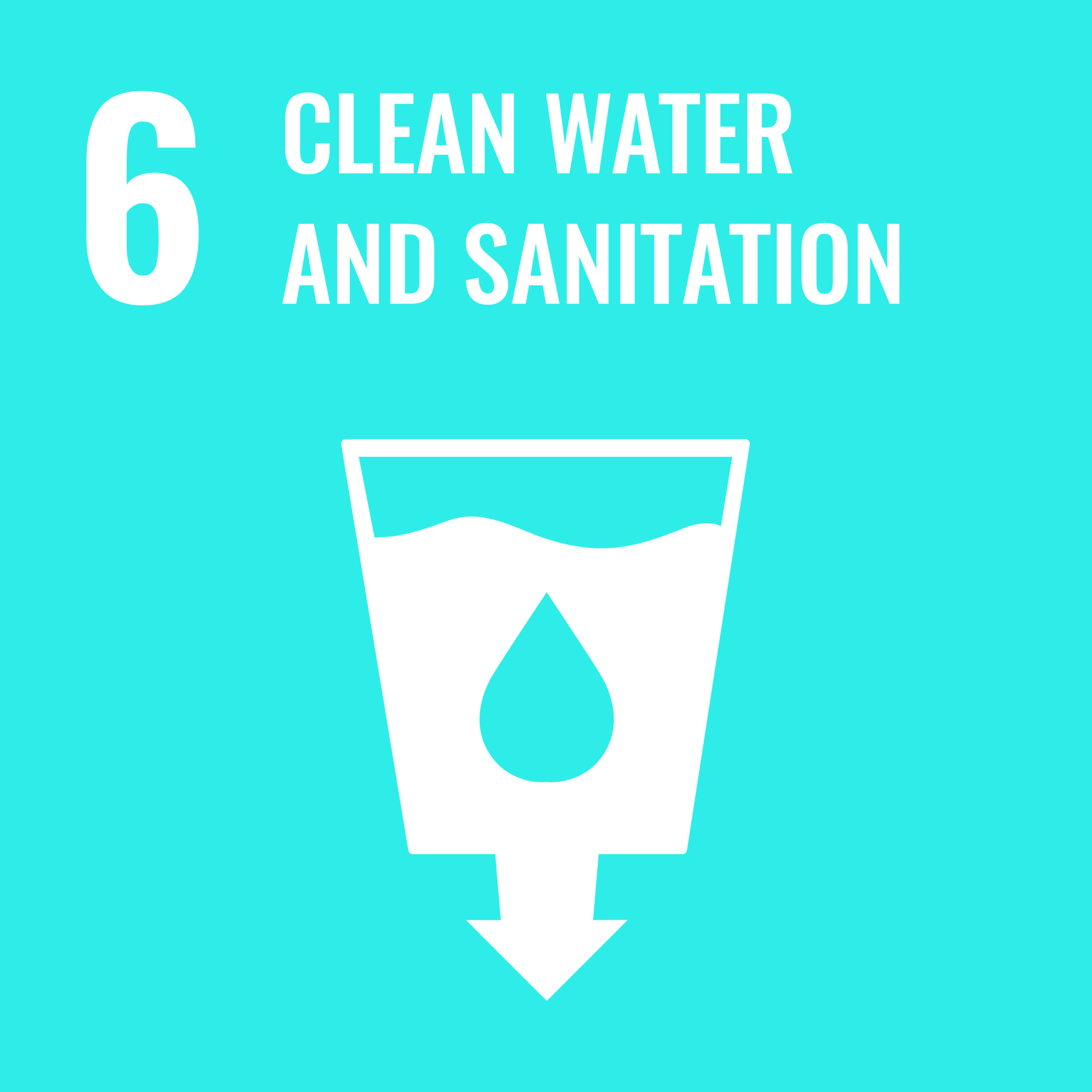
The combination of climate change and population growth is fuelling a global water crisis. As our numbers grow, aquifers get overdrawn, pollution increases, and the capacity to safely dispose of wastewater is increasingly compromised. Currently, a staggering 2.2 billion people around the world do not have safe drinking water and 4.2 billion lack safe sanitation services. In the UK, overexploitation and drought could lead to severe water shortages by mid-century. The UK population is expected to reach 73 million by 2041, with the fastest growth occurring in areas that are already the most water-stressed. Experts estimate that by 2050, 5 billion people – more than half the global population – will live in waterstressed regions.
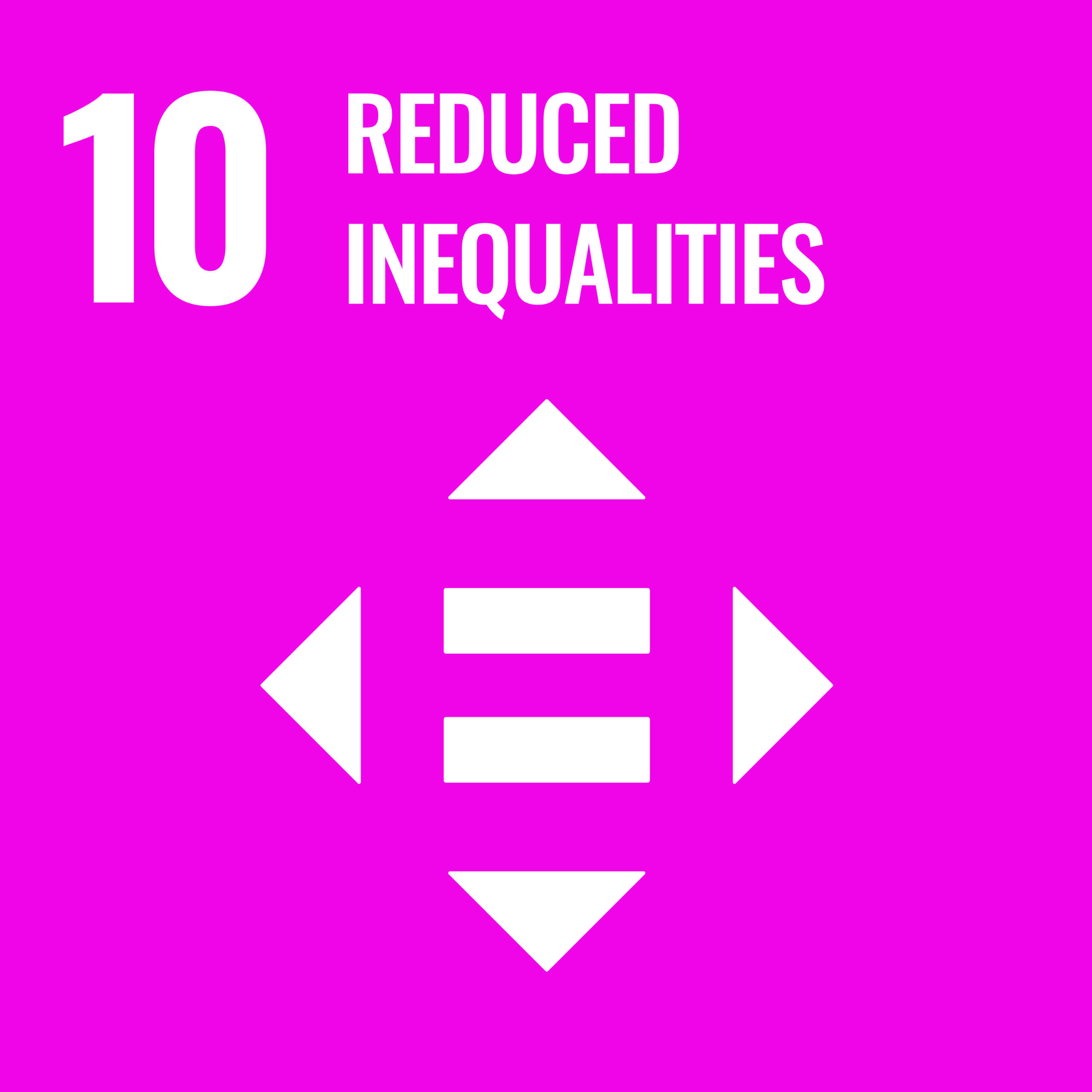
Vast disparities exist between the rich world and the Global South, and within countries themselves. A more just global system, in which resources are distributed more equitably, is essential. Whilst we must limit the number of new consumers everywhere, choosing a small family is particularly impactful among the wealthiest of us.
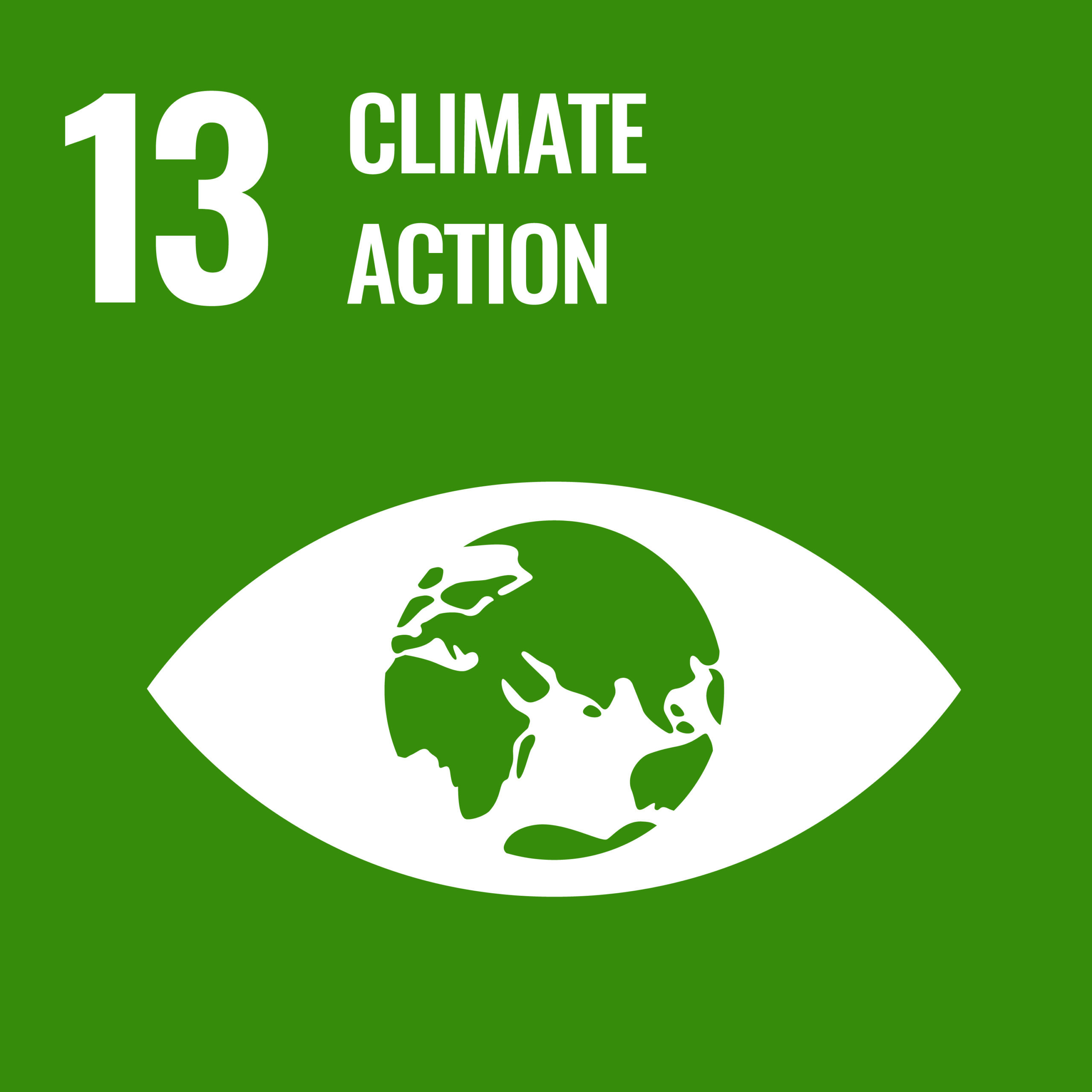
Unsustainable consumption patterns in high-income countries are largely responsible for the climate crisis but every additional person on our planet adds more emissions. A comprehensive review of available climate solutions by Project Drawdown found that slowing population growth through the combination of educating girls and providing family planning would be one of the most powerful ways to reduce atmospheric CO2 by 2050. The 2019 Scientists’ Warning of a Climate Emergency, endorsed by more than 11,000 scientists, called for ending and ultimately reversing human population growth, among other transformative actions, to avert the worst effects of climate change.
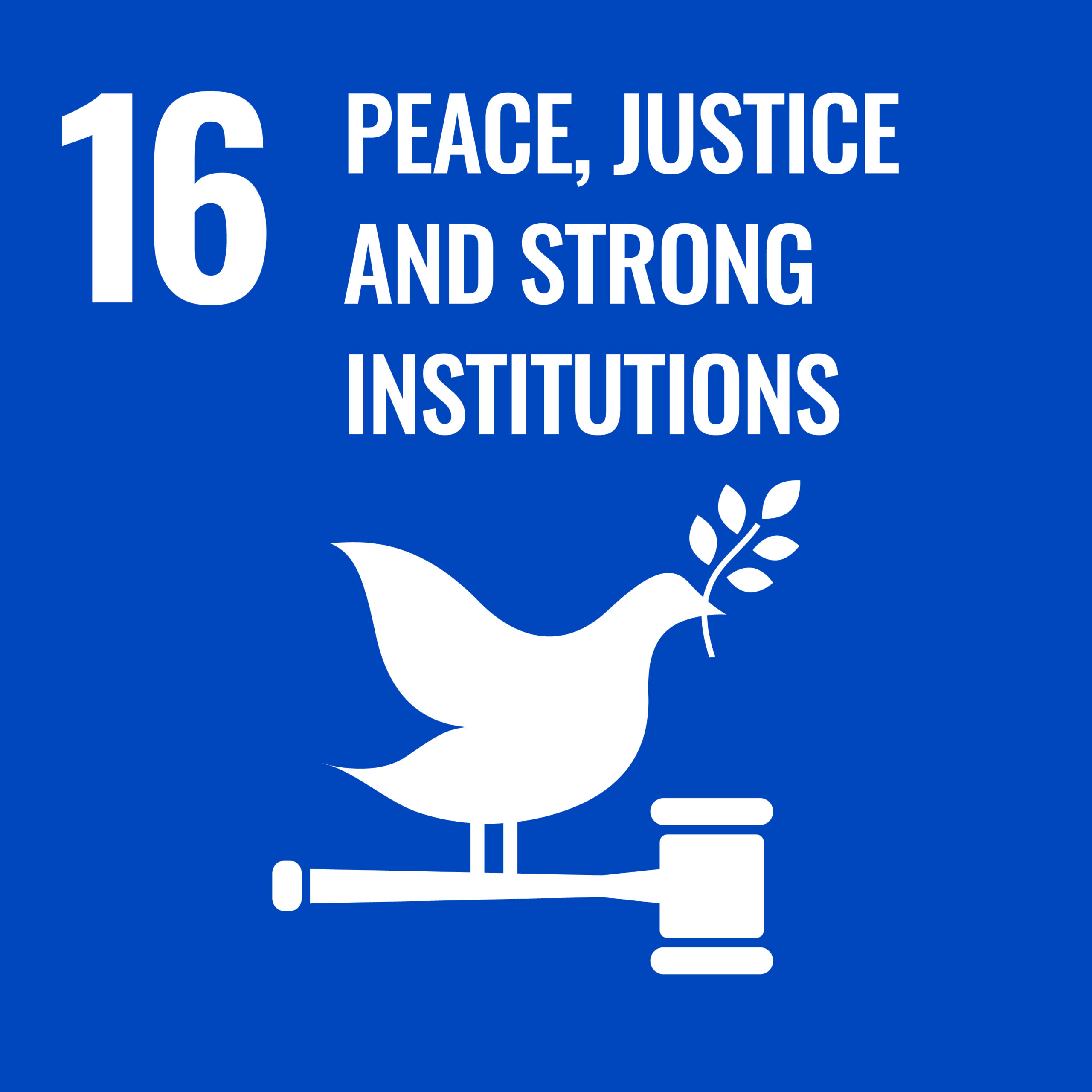
In the absence of prosperity and strong institutions, population growth contributes to conflicts related to scarce resources. Educating and empowering women and communities, including ensuring access to voluntary family planning services, can help support peace and stability goals by increasing the foundation for stability. And where families can choose the number and timing of their children, women may have more opportunity to take part in civil society and peacebuilding.
